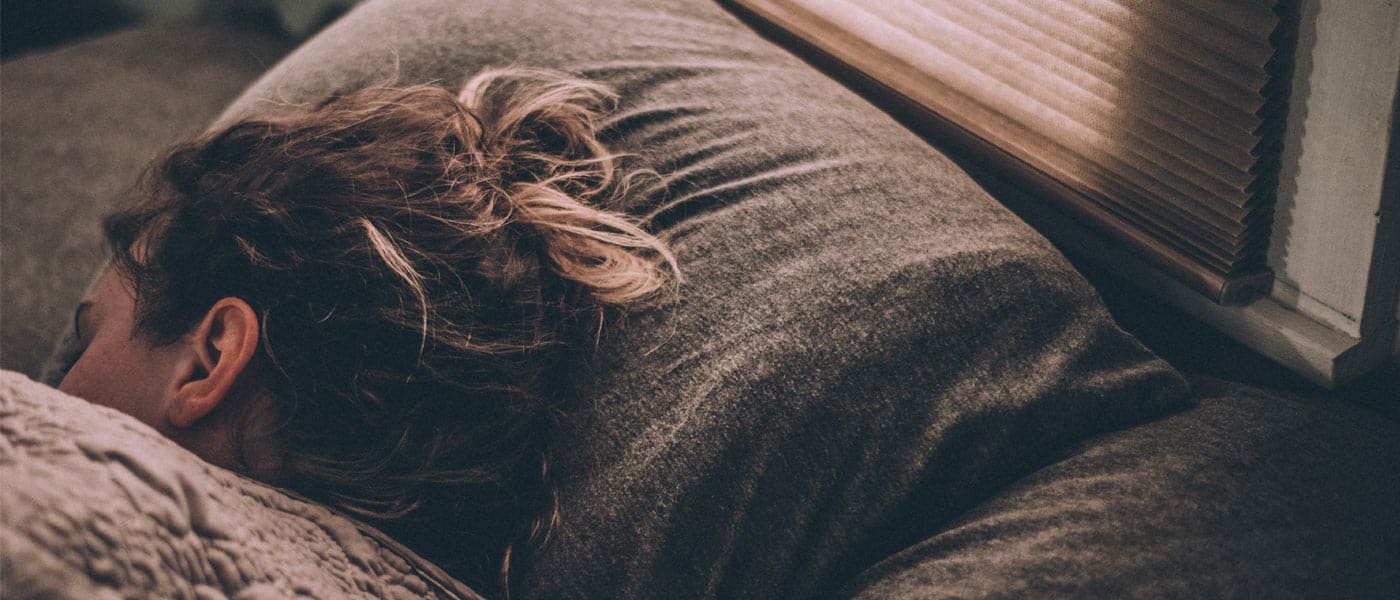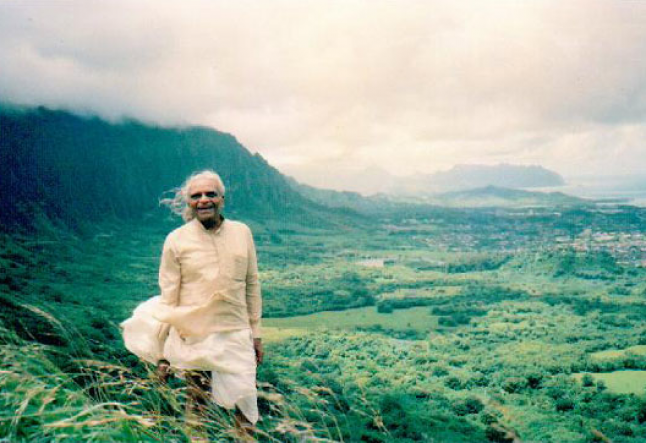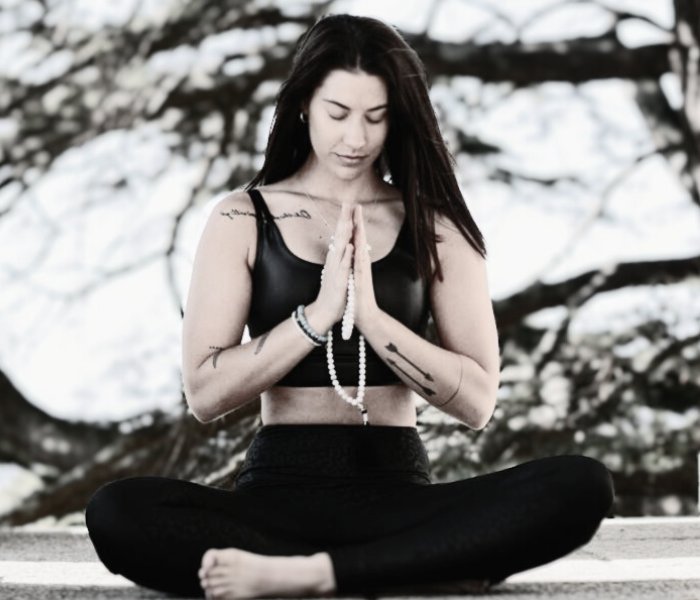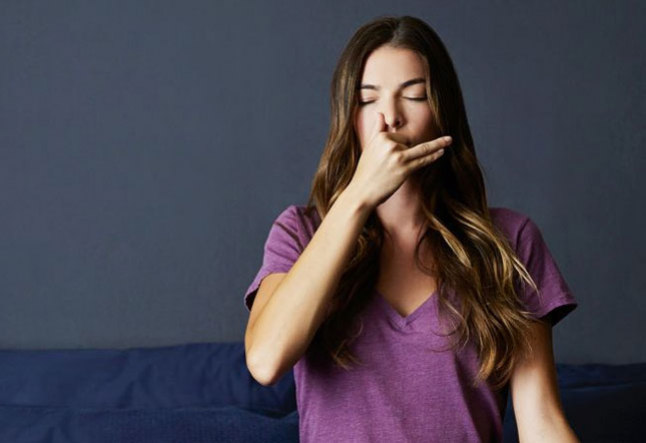check out the timetable to find the right time to practice yoga

sleep inertia and yoga practice
Modern life frequently requires optimal performance for long periods and can push the body and mind beyond their natural limits. This may also apply to our yoga practice, which may conflict with our natural rhythm of sleeping and staying awake.
We are aware of the benefits of a good night’s sleep, yet we may not appreciate why we really need to sleep – to ensure we stay safe by being awake and alert.
Staying awake is essential for safety and with our society embracing a 24/7 lifestyle, our natural sleep/wake cycle is often ignored, as we try to fit in work, family and our yoga practice – challenging or ignoring the need for sleep. For those involved in long days – such as pilots, the armed forces and millions of shift workers – it is often necessary to stay alert and able to function, with little or no sleep.
Why we sleep
Without sleep the human body is unable to function efficiently and cognitive performance is impaired. Long periods without sleep, disruptive sleep and changes in sleep patterns all take their toll on an individual’s ability to perform and make decisions.
Research into the effects of sleep and how fatigue can be mitigated in extreme conditions, has led to a deeper understanding of human performance and its limitations. The extremes of war may require ground troops to do without sleep for days at a time and pilots need to stay alert for long periods without any opportunity to sleep. Other workers are equally challenged and our decision makers grapple with demands that require 24-hour attention and concentration.
How we sleep
The drive to sleep is mainly controlled by the time we spend awake. This is known as the Sleep Homeostatis, which strives to maintain balance in our body by satisfying our need to sleep. This internal control regulates the balance between being awake and being asleep. The longer you stay awake the sleepier you become and then, after you have had sufficient sleep, you start to wake up.
The other influence on when we sleep is the Circadian Timer (Circa Diem means ‘around the day’), which is the ‘body clock’ that influences how we function during the 24-hour day.
Our desire to sleep during the night sets in sometime after six months, which explains why babies wake throughout a 24-hour period. The hormone melatonin regulates the body clock. This is produced by the pineal gland in the brain and production increases during hours of darkness and decreases during daylight.
Also Read>>> Yoga Nidra and Sleep
This circadian rhythm affects our amount of ‘wakefulness’ and there is a dip during the afternoon, which roughly coincides with the traditional siesta when the sun is at its hottest.
When the internal clock, the Sleep Homeostatis’ and the external influence of the Circadian Timer work in unison, the body is programmed to sleep at night. This natural rhythm may be interrupted, or in some cases the automatic nature of the need to sleep challenged, causing insomnia and other disturbances.
Most of us assess our sleep in relation to the number of hours we spend asleep with many people underestimating the amount of hours they sleep (probably because they are only conscious of the time spent falling asleep). The total hours of sleep include napping during the day.
The effects of lack of sleep
• Dozing or falling asleep during sedentary occupations such as : Reading, driving or during meetings.
• Decrease in reaction time.
• Difficulty understanding directions or taking instructions.
• Problems remembering or retaining information.
• Increase in errors or mistakes.
• Anxiety, depression or change in mood.
• Impatience, irritability and being prone to anger.
• Frequent blinking and difficulty in focusing.
Yoga and sleep
A look at yoga class timetables may reveal a lack of respect for the sleep/wake cycle, with the earliest and latest classes frequently being the most physically challenging. Little notice is taken of how the mind and body wakes and the period following waking.
Normally when we wake up, we have our breakfast, a shower and may not need to drive until later, so sleep inertia does not have any affect on performance. For anyone who is called upon to be alert immediately upon waking, it may take a good 20 minutes (and for some, a lot longer) to become alert and capable of making rational decisions.
Traditionally, the early mornings would be time of slow awakening with meditation working with the mind and body’s natural rhythms to ease into a feeling of alertness. Dashing to the studio for a vigorous early morning practice may make us feel alert, but can lead to fatigue later in the day.
For yoga teachers, the ‘working day’ may extent from early morning to late into the evening – sometimes without a day off to recover. This may mean relying on naps during the day to stay fresh and able to function effectively, causing a trade-off between the length of napping and the duration of sleep inertia and its effects.
A short nap results in less sleep inertia’, but less ability to maintain performance; and a longer nap leads to greater sleep inertia, but an increase in performance later on. Relaxation at the end of a class is very similar to a nap in duration and for some, may rollover into the initial stages of sleep.
This can also affect the total length of sleep; for although a nap brings benefits to performance, it is also taken as part of the amount of sleep required and will be accounted by the body and mind as part of the daily sleep requirement.
Many people have a tendency to feel sleepy during ‘siesta’ time and during the early hours of the morning, but may not have the opportunity to sleep. For teachers and students alike, the discipline of yoga means that the yoga class is a priority and the natural desire to sleep is ignored as they attend classes that fit in with their schedule or the studio timetable, but may not contribute to overall wellness.
Many young people are not getting sufficient sleep for their age and research has shown improvements in learning and discipline with the right amount of sleep. As young students embark on their yoga journey, the yoga buzz may encourage them to spend more time on the mat and less time in bed. In extreme cases this can lead to loss of concentration and affect their studies, as they try to juggle college, other interests and their new passion for yoga.
Better sleep
Advice on how to improve sleep includes avoiding vigorous exercise at least four or more hours before bedtime. The body starts to move towards sleep mode at around four o’clock in the afternoon and some suggest this is the ‘peak’ time for physical exercise.
This is unlikely to be the prime time for yoga classes, which peak in popularity after work, with the more restorative classes scheduled for other less popular times.
The benefits of a regular yoga practice, may out way some sleep disturbance. Finding the perfect balance may be challenging, but some comfort can be taken from research that shows that it is possible to build up a sleep ‘reserve’ – a reservoir of sleep that we can dip into when needed…
Also Read>>> Breathing Exercise for Better Sleep
With some extra sleep we can improves resilience during subsequent sleep restriction. By adding some extra hours for a few nights or having a ‘sleep-in’ we can go a little bit further and perhaps plan ahead for times when we know we may not get enough sleep.
The more we know about sleep, the better able we are to find ways to stay effective and alert during waking – not only contributing to our health but helping us work with our mind and body and improve our yoga practice.
Tips for planning your daily yoga practice
• Allow sufficient time to wake up. This is a good time for some gentle stretching to ease the body into the day.
• The early morning is traditionally the time for meditation when the brain is alert and able to concentrate.
• More physical practices are best practiced before 4pm. Consideration needs to be given to meal times, so by planning sleep, subsistence and practice times, it is possible to find balance.
• Stretching and more restorative practices are more suitable for the later hours, although some consideration needs to be given to relaxation practices such as Yoga Nidra, which are best, practiced when there is less need for sleep.
• Napping can help with extreme fatigue but does not replace sleep and can affect a good night’s rest.
•Age and other factors affect an individual’s need for sleep. Larks and owls (those that function either better in the morning or evening) may need to adjust their practice to suit their sleep pattern.
insomniacs.co.uk – sleepfoundation.org
Read next >> truths behind yoga studios no one mentions



